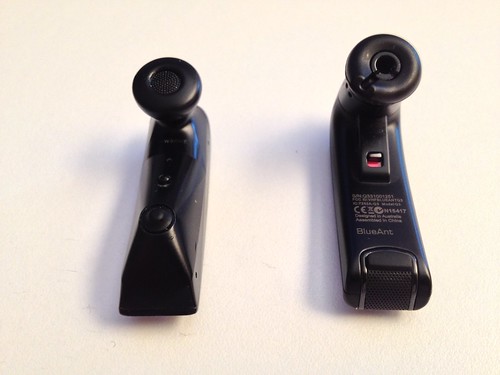Thursday, 20 June 2013
Google Reader replacements: on the desktop
It’s time to pick a Google Reader replacement. My feed-reading setup for the past few years has been the Google Reader Web UI on desktop and iPad; NetNewsWire on iPhone. On the desktop, I currently read entirely from the keyboard and in Google Reader’s full-screen mode, which hides the sidebar, and in “list” (vs expanded) view. The result looks like this. Keyboard commands I use frequently are:
- space/shift-space to scroll, or check for new articles at the end of the list
- return to toggle expansion
- j/k to move between articles
- m to mark read/unread
- v to open article in new tab
- =/– to change text magnification for only the current article (example, very useful).
- e to email an item
- ⌘4 (on my Safari bookmarks bar) to add to Instapaper
For anyone else who has put off their choice as long as I have, here are some notes on the services I’ve tried. They’re all pretty good, which probably says something about the influence of Reader.
- Very responsive.
- Nice UI layout — buttons look like buttons but aren’t too prominent; color is used intelligently.
- Good keyboard support, though some inconsistencies with Google Reader (toggle expansion with x rather than return).
- b to open in background tab (Chrome, Safari, Opera) is useful.
- Can’t hide the sidebar.
- Unread indicator is only a green vertical bar and the article title doesn’t change to/from bold, though I think I could get used to this.
- My favorite article display (example) — adequate width for text, no excessive whitespace or button clutter.
- Only Pocket support (which I don’t use), no Instapaper or Pinboard.
- Search support.
- Mediocre keyboard support — doesn’t intercept return or space.
- Items remain expanded once you’ve read and moved off them.
- Can’t hide the sidebar or wide margins — not well suited for full-text feeds (example).
- Slow and unresponsive at times.
- Instapaper and Pinboard support.
- Search support.
- Clean UI gets out of your way (if a bit lower density than I would prefer); apes Google Reader most obviously of any of these options.
- Response time is OK but somewhat inconsistent and variable.
- Buttons at the top right of the page are not terribly obvious and require you wait for the tooltips to appear.
- Wide left margin when reading articles; not great for full-text feeds (example).
- Can’t start reading from the keyboard via return or space. j works, though.
- Good keyboard support, including toggling expansion via return key.
- No obvious response to hitting the m key (mark as unread) when an article is expanded, other than updating the unread count.
- No search support.
At the moment, I think I will go with Feedly. The Old Reader has relatively little to do (hiding the sidebar) for me to switch to it. I discuss mobile support for these readers in another post.
 9:30 AM
9:30 AM
 5 Comments
5 Comments